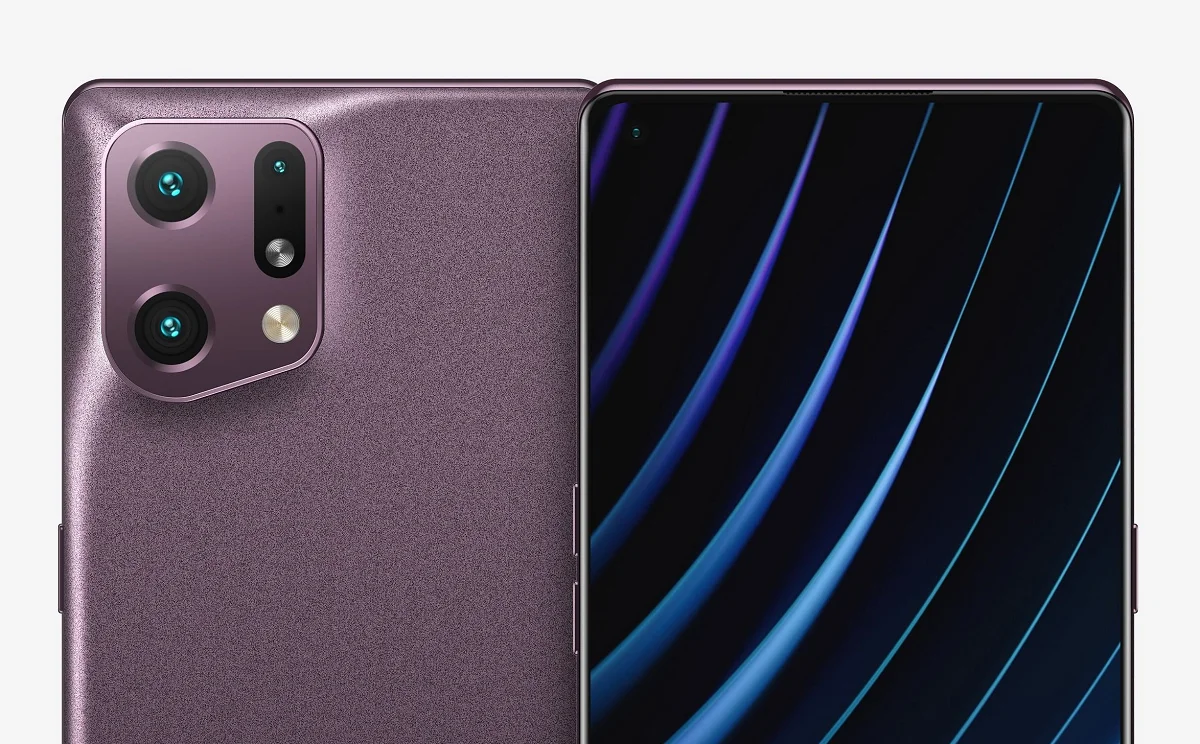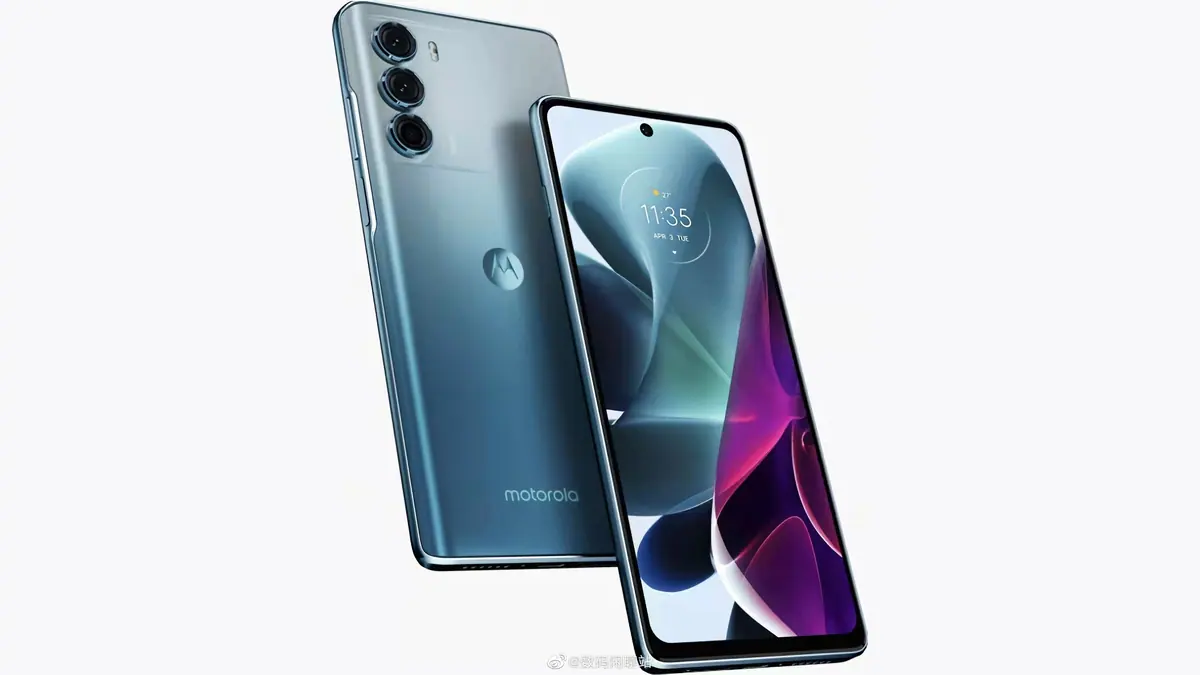It was 2015 when Fairphone, a Dutch company with around 120 employees worldwide (according to its website), launched the Fairphone 2, a responsibly built modular phone with the promise of updating. getting such updates. It’s been seven years since then, actually a bit longer, and now the Fairphone 2 will no longer receive official support from March.
That’s the news. In conclusion, yes, it is possible. It is possible to keep an Android phone up to date for a very long time.Despite the lack of support from chipset manufacturer Qualcomm in this case, it is even more than promised.
It wasn’t easy but it’s possible
When Fairphone launched the Fairphone 2, it promised three to five years of updates. but it finally reached seven. The device was launched with Android 5.0 Lollipop and will remain on Android 10, something that no phone released in 2015 has achieved. Currently, the new model Fairphone 4 carries the promise of a five-year hardware warranty and six-year updates.
Simply put, yes, it is possible to keep your phone up to date, although it’s not easy and less for a company that doesn’t even remotely own other brands’ resources. The reason why it’s not easy is how Android updates work; in this process, in this case chipset manufacturer Qualcomm has a lot to do with it.
First, Google releases the AOSP build. Then the chipmaker takes it and customize for a specific SoC, adding drivers and other features. This version is sent to the mobile manufacturer, which adds compatibility and related customizations with the rest of the hardware (like cameras or screen).
The Fairphone 2 has a Snapdragon 801 (it rained already…). Qualcomm Stopped supporting this chip after Android 6, so subsequent updates are not rosy. To overcome this hurdle, Fairphone 2 opted for LineageOS, one of the most popular third-party ROMs. That’s fine, but it also stands for Compatibility Testing Suite, a more tedious quality process to get approved by Google and thus the app ecosystem. According to Fairphone, they had to pass 480,000 tests to update to Android 9.
Currently the device includes Android 10. It’s not the latest version, but it works for now (in fact, 22.3% of all Android phones in the world have this version according to the latest distribution data). However, at some point using this version will no longer be recommended, because Google only offers security patches for the last four versions of Android. The latest version is Android 13.
As announced by Fairphone, as of March 2023, users will receive the latest Android 10 update and will be able to continue using their phones as before. However, they detail that “if there is a bug that users expect to be fixed, it won’t happen anymore”. Additionally, the company notes the following:
“From March 2023, your device will start to lag behind in security updates, so your device will become more insecure over time. We recommend that you avoid using apps that access sensitive data after May 2023. It’s sensitive, we won’t be able to fix it.
Some security-critical apps, such as banking, will eventually recognize that your device is out of date and stop working completely. This is likely to happen in a few years, but it depends on the application so it’s hard to know when. Normal applications will continue to work for years.”
The rest of the brands continue to struggle to keep their mobiles up to date
The case of the Fairphone 2 is undoubtedly stunning. still a small company outperforms major industry giantstitans have started putting batteries on the update until the last two years.
To give a few examples, Xiaomi promises three years of updates to its flagships; OPPO promises four years of system updates and five years of security for its top models; Samsung offers four years of the same system updates and five patches for the high and mid-range, and Google three major updates and five security updates.
Until relatively recently, major brands have taken action with updates.
But these promises and numbers fall short of what Fairphone has achieved. And in any case, there is still work to be done. The latest distribution data released a month before Android 13’s release revealed that only 13.5% of Android phones have Android 12. The majority of devices, 27%, were running Android 11.















